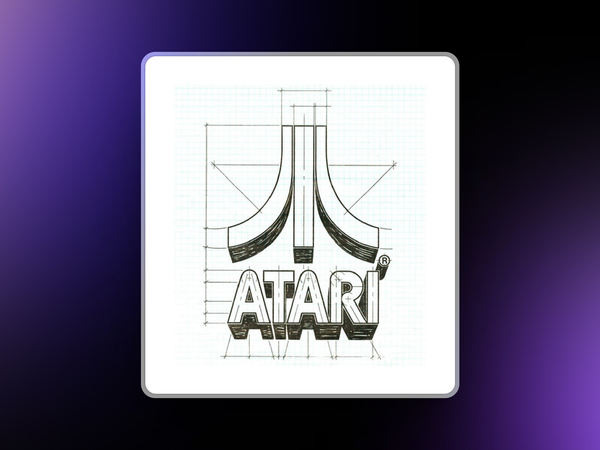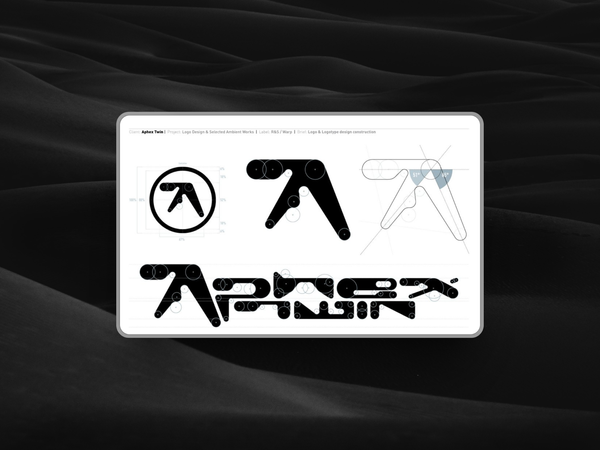The Rise of Ethical Social Networks: Can Design Challenge the Tech Giants?
Ethical social networks thrive when design puts users before engagement

Social media is broken.
Years of growth-at-all-costs strategies have left platforms bloated with ads, engagement bait, and algorithmic manipulation.
The result?
A system that rewards outrage, extracts personal data, and exploits users for profit.
But a shift is happening. Ethical social networks—built around transparency, user control, and open-source principles—are gaining traction.
The question is: Can better design make them a real alternative to the tech giants?
The Problem With Traditional Social Media Design
Most mainstream platforms are designed for one thing: keeping you hooked.
Infinite scrolling, dopamine-driven notifications, and opaque recommendation algorithms all serve a business model that profits from attention. Privacy and user experience take a back seat.
Dark patterns are everywhere. Ever tried to delete your Facebook account?
The process is deliberately confusing, filled with misleading prompts designed to make you reconsider. Twitter, now X, aggressively pushes algorithmic feeds instead of chronological timelines, steering users toward engagement-maximizing content whether they like it or not.
Instagram constantly shifts its UI to push Reels, making casual photo sharing feel like an afterthought.
Ethical social networks challenge this by flipping the design philosophy on its head. Instead of optimizing for engagement, they prioritize user autonomy, privacy, and meaningful interaction.
How Ethical Social Networks Are Designed Differently
- Chronological Feeds Over Algorithmic Manipulation
Platforms like Mastodon and Bluesky give users control over what they see. Instead of a black-box algorithm deciding which posts get attention, content is delivered chronologically or filtered based on user-selected criteria. This reduces the power of outrage-driven virality. - Federation and Decentralization
Mastodon’s federated model means users aren’t locked into a single company’s ecosystem. Different communities (servers) can set their own rules and moderation policies, preventing the top-down enforcement seen on corporate platforms. This also means users aren’t at the mercy of a single CEO’s whims. - Privacy by Design
Ethical platforms are rejecting the surveillance-driven model. Instead of tracking users across the internet, many are experimenting with local-first data storage, anonymous interactions, and encryption. This removes the incentive to exploit user data for ad revenue. - Intentional UI Choices
Many of these platforms rethink common design conventions to make engagement more mindful. For example, Mastodon avoids engagement metrics like retweet counts, preventing pile-ons and performative posting. Some platforms, like Pixelfed (an Instagram alternative), remove endless scroll and limit push notifications, reducing compulsive use. - Open-Source Transparency
When a platform is open source, anyone can inspect its code and see how it works. This creates accountability, prevents hidden algorithmic manipulation, and allows communities to fork projects if developers take them in the wrong direction.
The Challenge: Can Ethical Design Compete?
The biggest hurdle ethical social networks face is scale.
People are used to the frictionless experience of mainstream platforms, where everything is centralized and polished.
Decentralized alternatives often feel clunky in comparison. Sign-up processes can be confusing, cross-platform interoperability is inconsistent, and content discovery is often weaker without the help of AI-driven feeds.
But these are solvable problems. The key lies in improving onboarding flows, simplifying interfaces, and educating users about the benefits of ethical alternatives.
The rise of privacy-focused messaging apps like Signal proves that people will move when given a compelling reason.
For ethical social networks to succeed, they can’t just be better in principle.
They need to be easier to use, with design that feels intuitive from the start. That’s where the battle will be won.





